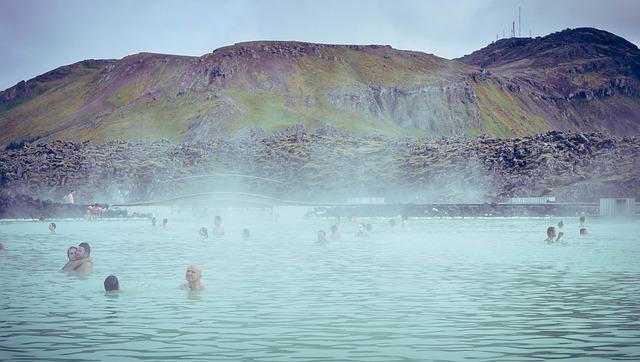Reiki healing therapy is a form of alternative healing that has gained popularity in recent years for its potential to promote physical, emotional, and spiritual well-being. Proponents of Reiki believe that this ancient Japanese technique can help balance the body’s energy and promote relaxation, reduce stress, and alleviate pain. In this article, we will explore the benefits of Reiki healing therapy and how it can be incorporated into a holistic wellness routine.
Reiki healing therapy is a spiritual practice that has been used for centuries to promote relaxation, reduce stress, and improve overall well-being. Originating in Japan, Reiki is based on the idea that a universal life force energy flows through all living beings, and when this energy is blocked or low, it can lead to physical, mental, and emotional imbalances. By channeling this energy through gentle touch or hovering hands over the body, a Reiki practitioner can help to clear blockages and restore the natural flow, promoting healing and harmony.
There are numerous benefits to Reiki healing therapy, both physical and emotional. Physically, Reiki can help to relieve pain, speed up the healing process, and boost the immune system. Mentally and emotionally, Reiki can provide a sense of inner peace, reduce anxiety and depression, and promote emotional clarity. Spiritually, Reiki can help individuals to connect with their higher self, tap into their intuition, and cultivate a sense of purpose and meaning in life.
Q&A
Q: What is Reiki healing therapy?
A: Reiki healing therapy is a Japanese technique that involves the channeling of energy through the hands of the practitioner to promote healing and relaxation.
Q: How does Reiki therapy work?
A: Reiki therapy works by balancing the energy flow in the body, helping to release blockages and promote a sense of well-being.
Q: What are the benefits of Reiki healing therapy?
A: Some benefits of Reiki therapy include stress reduction, relaxation, pain relief, improved sleep, and overall well-being.
Q: Is Reiki therapy safe?
A: Reiki therapy is generally considered safe and non-invasive. It can be used in conjunction with other medical treatments and does not have any known negative side effects.
Q: How long does a typical Reiki therapy session last?
A: A typical Reiki therapy session lasts around 60-90 minutes, depending on individual needs and preferences.
Q: Can Reiki therapy be done remotely?
A: Yes, Reiki therapy can be done remotely, as energy is not bound by physical distance. Many practitioners offer distance healing sessions.
Q: Who can benefit from Reiki therapy?
A: Anyone can benefit from Reiki therapy, regardless of age or health condition. It can be particularly helpful for those looking to reduce stress, improve relaxation, and promote overall well-being.
Conclusion
In conclusion, Reiki healing therapy offers a variety of benefits to both the body and mind. By promoting relaxation, reducing stress, and improving overall well-being, Reiki can be a valuable complement to traditional medical treatments. As more research is conducted on the effectiveness of Reiki, it is becoming increasingly recognized as a legitimate form of holistic healing. If you are seeking a non-invasive, gentle approach to improving your health, consider giving Reiki therapy a try. The potential benefits may surprise you.






